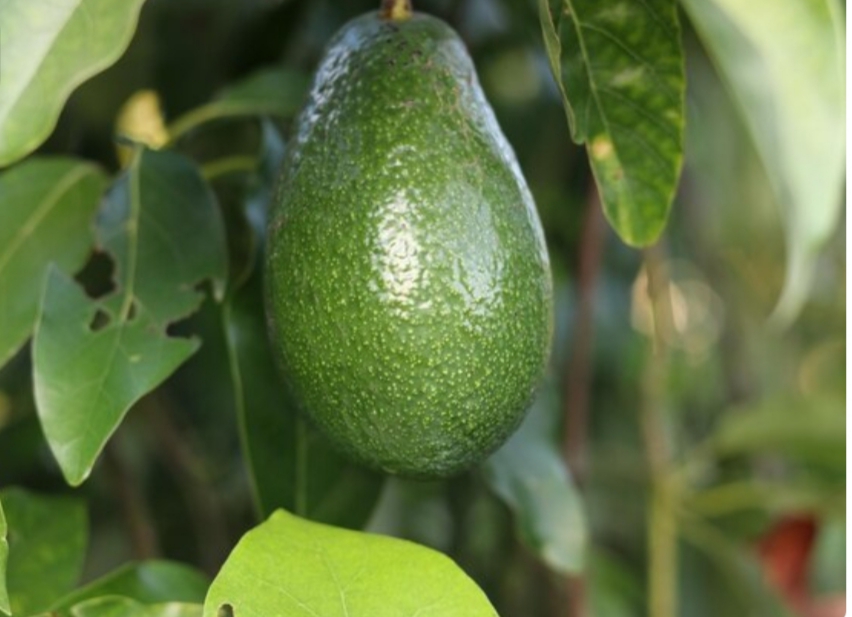Avocado trees are prized for their creamy fruit and lush foliage, but like any plant, they are susceptible to diseases, with root rot being a common concern. Root rot can devastate avocado trees if left unchecked, leading to wilting, decline, and even death. Recognizing the early signs of root rot is crucial for prompt intervention and tree health. Here are ten indicators to watch for:
1. Yellowing Leaves:
One of the earliest signs of root rot in avocado trees is the yellowing of leaves, typically starting from the lower portion of the canopy. This yellowing may progress gradually, eventually affecting the entire tree if root rot persists.
2. Wilting and Drooping Foliage:
As root rot compromises the tree’s ability to uptake water and nutrients, you may notice wilting and drooping foliage, even when the soil is adequately moist. This wilted appearance is a result of the impaired root system’s inability to support the tree’s water needs.
3. Stunted Growth:
Avocado trees affected by root rot often exhibit stunted growth, with reduced vigor and limited new shoot development. The overall size of the tree may remain small, and growth may appear stunted compared to healthy trees.
4. Root Discoloration:
When inspecting the roots of avocado trees, look for signs of discoloration, particularly darkening or browning of the root tissue. Healthy roots should be firm and white, while roots affected by rot may appear mushy, slimy, or discolored.
5. Reduced Fruit Production:
Root rot can impact the tree’s ability to produce fruit, leading to reduced yields or poor fruit quality. Avocado trees may drop fruit prematurely, or the fruits may be undersized and lacking in flavor due to insufficient nutrient uptake.
6. Excessive Soil Moisture:
Avocado trees are sensitive to waterlogged soil conditions, which can exacerbate root rot. Excessive soil moisture, often resulting from overwatering or poor drainage, creates an ideal environment for fungal pathogens that cause root rot to thrive.
7. Foul Odor:
In advanced stages of root rot, you may detect a foul odor emanating from the soil around the base of the tree. This odor is caused by the breakdown of organic matter by anaerobic microbes, indicating decay and decomposition of the root system.
8. Dieback of Branches:
As root rot progresses, you may observe dieback of branches or sections of the canopy. Leaves on affected branches may turn brown, wilt, and eventually fall off as the tree’s overall health deteriorates.
9. Softening of Trunk:
In severe cases of root rot, the trunk of avocado trees may become soft and spongy to the touch. This softening is a result of decay and damage to the internal vascular tissues, compromising the tree’s structural integrity.
10. Presence of Fungal Growth:
Keep an eye out for the presence of fungal growth on the soil surface, around the base of the tree, or on affected roots. Fungal pathogens such as Phytophthora spp. are often responsible for causing root rot in avocado trees and may manifest as visible fungal mats or mycelium.
Early detection of root rot is essential for implementing effective management strategies and preserving the health of avocado trees. If you observe any of these signs in your avocado orchard, promptly assess the extent of the problem and take appropriate action, such as adjusting irrigation practices, improving drainage, or applying fungicidal treatments. Consulting with a horticulture expert or agricultural extension service can provide further guidance on diagnosing and addressing root rot in avocado trees. With vigilance and proactive management, you can safeguard your avocado trees against the damaging effects of root rot and promote a thriving orchard.
Join 'Farmers Mag' WhatsApp Channel
Get the latest Farming news and tips delivered straight to your WhatsApp
CLICK HERE TO JOIN






